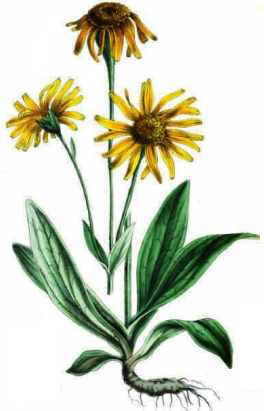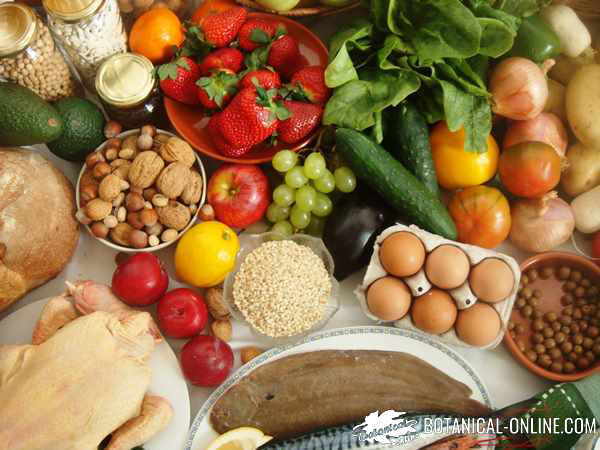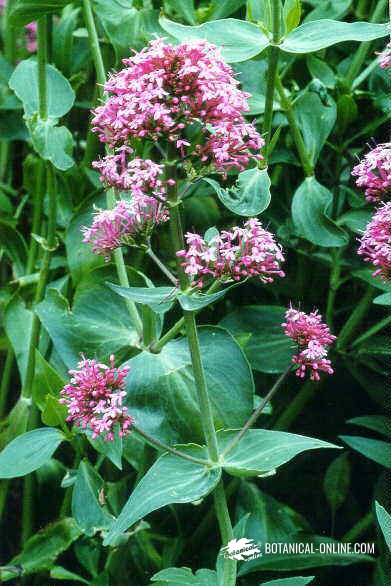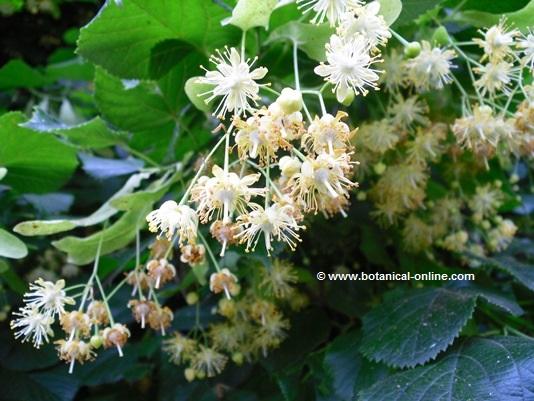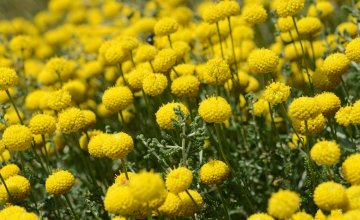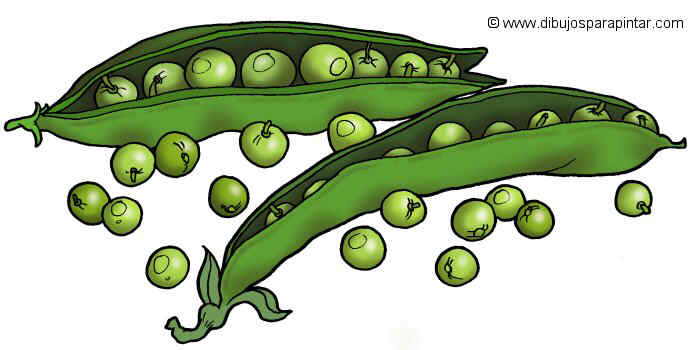Contents
Which are the richest foods in nitrates?
The vegetables most rich in nitrates are leafy vegetables, such as spinach, lettuce, cabbage, thistles, parsley, celery and arugula.
Other plant-based food also contain nitrates, such as potatoes, carrots, broccoli, radishes, mustard, and beet, although in smaller quantities than the previous ones.
more sensitive to these components.
For this reason, as a precaution, the recommendation in infants and children is to reduce the consumption of spinach and chard (vegetables richer in nitrates) for their possible formation of nitrosamines
This is recommended especially in babies and small children, for adults it is not that important.
List of vegetables containing nitrates
| Table of nitrates content in plant-based food | |
| Very high content (plus 2,500 mg / kg of nitrates) | Chard, celery, watercress, chervil, lettuce, spinach and arugula |
| High content (1,000 – 2,500mg / kg of nitrates) | Celeriac, Chinese cabbage, endives, fennel, leek |
| Intermediate content (500 – 1,000 mg / kg of nitrates) | Turnip, cabbage, dill, kale |
| Low content (200 – 500 mg / kg of nitrates) | Broccoli, carrots, cauliflower, cucumber, squash, chicory |
| Very low content (less 200 mg / kg of nitrates) | Artichoke, beans, asparagus, eggplant, garlic, onions, mushrooms, peas, peppers, potatoes, zucchini, green beans, tomatoes, watermelons. |
Are nitrates toxic?
No, nitrates are not toxic substances and there is no danger in consuming foods naturally rich in nitrates, such as spinach.
What is the relationship between nitrates, nitrites and nitrosamines?
Although nitrates are not harmful , The derivatives of nitrates, which are nitrites and nitrosamines, are toxic.
Nitrosamines are potent carcinogenic components related to the increased risk of colon cancer. In October 2015, the World Health Organization (WHO) released a report warning about the relationship between processed meat and increased risk of cancer, based mainly on the presence of nitrites and nitrosamines.
Does eating nitrates produce nitrosamines?
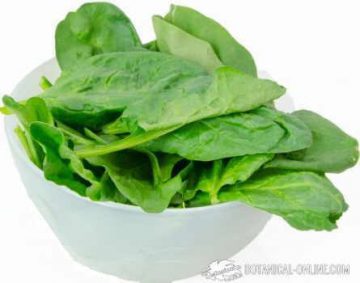
Foods naturally rich in nitrates, such as spinach, are not harmful because of their nitrate content because the whole food has protective substances against the formation of nitrosamines. It has been shown that vitamin C and flavonoids, present in vegetables, prevent the passage of nitrites to toxic compounds such as nitrosamines, which adds a protective role.
- Only the consumption of products with added nitrates or nitrites, the direct precursors of nitrosamines, such as processed meats, is detrimental.
Contraindications of nitrates
In most people, the consumption of vegetables with nitrates does not pose a risk to health.
It is not recommended to give vegetables with many nitrates to infants, babies or young children, which can cause symptoms known as “baby blue syndrome” (methemoglobinemia). For this reason chard and spinach are discouraged in children.
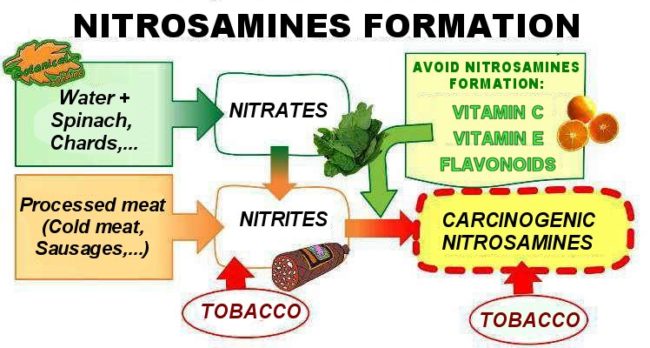
How to eliminate nitrates from vegetables
There are techniques to reduce the nitrate content of vegetables, mainly by means of boiling food in water (nitrates are soluble and remain in the broth, which should not be consumed) and thick peeling the vegetables (in case of potatoes, its nitrate content can be reduced up to 40% if peeled thick)
![]() More information on nitrosamines and other toxic products
More information on nitrosamines and other toxic products
23 April, 2019

